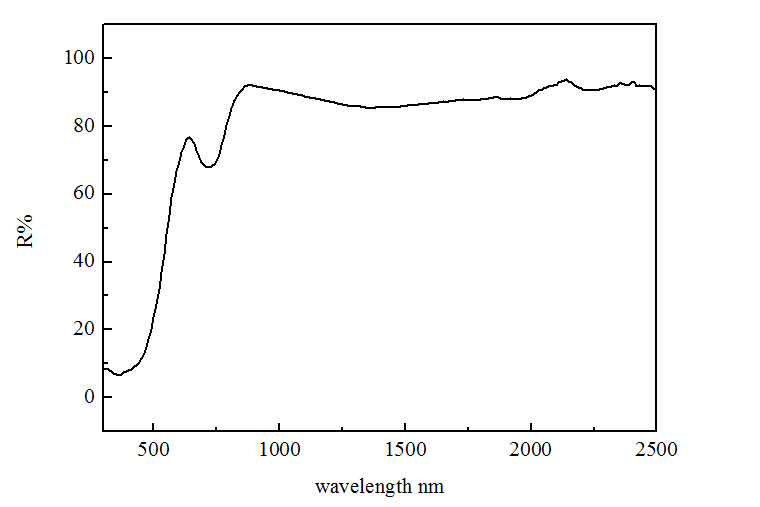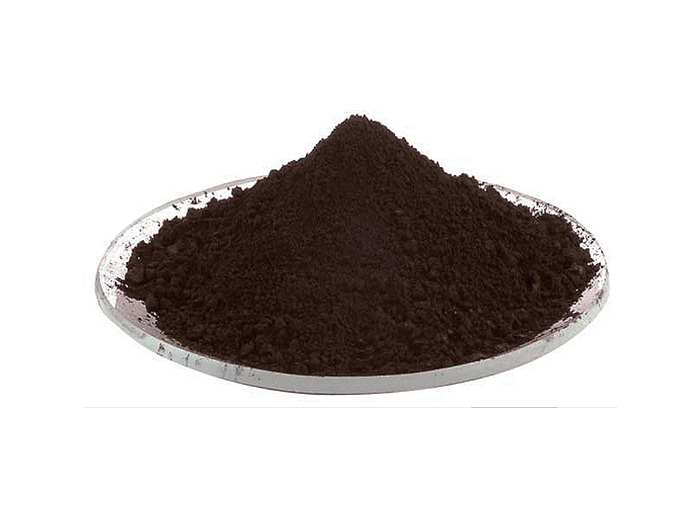The core–mantle boundary (CMB) is the interface between the earth's iron metal core and the thick rocky layer of mantle just above the core. It is a world of extremes—temperatures thousands of degrees Fahrenheit and pressures over a million times the pressure at the surface of the Earth. While it may seem far away from our environment on Earth's surface, plumes of material from the CMB can ascend upwards through the planet over tens of millions of years, influencing the chemistry, geologic structure, and plate tectonics of the surface world where we live.
Though scientists cannot travel to the center of the earth to study the CMB, they can get clues about what lies beneath the planet's surface by measuring earthquakes. Seismic waves travel at different speeds depending on the material they are traveling through, allowing researchers to infer what lies deep below the surface using seismic signatures. This is analogous to how ultrasound uses waves of sound to image inside of the human body. Hybride Pigments

Recent research shows that the base of earth's mantle is actually complex and heterogeneous—in particular, there are mountain-like regions where seismic waves mysteriously slow down. These blobs, named ultralow velocity zones (ULVZs) and first discovered by Caltech's Don Helmberger, are dozens of kilometers thick and lie around 3,000 kilometers beneath our feet.
"Because we can't simply go down to the CMB and take measurements, there are many open questions about a region that is so important to our planet's evolution," says Jennifer Jackson, the William E. Leonhard Professor of Mineral Physics. "Why do the ULVZs exist and what are they made of? What do they teach us about how the earth evolved and what role the region plays in the dynamics of the earth? Are the blobs solid or molten at the extreme conditions at the CMB?"
In 2010, Jackson and her team suggested that the blobs contain a higher iron oxide content than the mantle surrounding them. Solid iron oxide would slow down seismic waves, which could explain the low velocities measured passing through the blobs. But could iron oxide even be solid at the extreme temperatures and pressures of the CMB? Now, a new study from Jackson's laboratory has made detailed measurements of the behavior of iron oxide under a range of temperatures and pressures similar to those at the CMB. The resulting so-called phase diagram shows that, contrary to previous theories, iron oxide remains solid even at very high temperatures. This represents the strongest evidence so far that solid iron-rich regions are a realistic explanation for ULVZs and may play a pivotal role in deep-seated plume generation. The findings motivate future work on solid iron-rich materials to better understand the earth's deep interior.
A paper describing the research appeared in the journal Nature Communications on November 13.
At the atomic level, solid iron oxide is composed of iron and oxygen atoms neatly arranged in orderly repeating patterns. As the solid begins to melt, the atoms lose their rigidly ordered structure and begin to move around fluidly. The new study, led by former Caltech graduate student Vasilije Dobrosavljevic (PhD '22), aimed to experimentally determine the temperatures and pressures at which this transition happens.
Reaching extreme temperatures and pressures in experiments has been possible for decades, but the experiments require tiny samples, smaller than the average width of a human hair. Using such small samples, it is a challenge to detect the precise temperature at which a material begins the transition from solid to liquid. For over a decade, Jackson and collaborators have been developing a technique to detect melting at high pressures. The new study utilizes this precise technique, called Mössbauer spectroscopy, to observe the dynamical configuration of iron atoms.
"We use Mössbauer to answer questions about the dynamic movement of iron atoms," Dobrosavljevic says. "Over a short timeframe of around 100 nanoseconds, we want to know: do they barely move, as in a solid, or do they move a lot, as in a liquid? Our new study complements Mössbauer spectroscopy with an independent method, X-ray diffraction, that lets us observe the positions of all atoms in the sample."
After dozens of experiments at a range of temperatures and pressures, the team discovered that at the pressure of Earth's CMB, iron oxide melts at hotter temperatures than previously estimated: over 4,000 Kelvins, equivalent to about 6,700 degrees Fahrenheit.
The study also yielded an unexpected result about so-called atomic defects in iron materials.
Researchers have known that, at sea-level pressure, every sample of iron oxide has tiny regularly spaced defects in its atomic structure. For every 100 oxygen atoms, there are only about 95 iron atoms, meaning that about five iron atoms are "missing." Researchers have debated how these atomic-level defects might impact the material on a larger scale—how it conducts electricity and heat, for example, or deforms under pressure, and so on. These parameters are critical for understanding planetary interiors, where heat flow and material deformation drive planetary dynamics. However, the behavior of defects at high pressures and temperatures, like those found at the CMB, was unknown until now.
Dobrosavljevic and his team found that at temperatures several hundred Kelvins lower than the point at which iron oxide melts, the tiny atomic defects start to shift around within the solid material, becoming "disordered." This could explain why previous experiments suggested that iron oxide was melting at lower temperatures: Those experiments were actually seeing shifts in the defects rather than the melting of the whole crystal structure.
"Before the solid crystal transitions to a liquid, we see that the defect structure undergoes a transition from ordered to disordered," he says. "Now we want to know what effect does this newly discovered transition have on the physical properties of iron-rich regions like the ULVZ? How do the defects affect the transport of heat, and what does it mean for the formation and generation of upwelling plumes that reach the surface? These questions will guide further research."

Infrared Reflective Pigments The paper is titled "Melting and defect transitions in FeO up to pressures of Earth's core-mantle boundary." In addition to Dobrosavljevic and Jackson, additional Caltech co-authors are Visitor in Geophysics Wolfgang Sturhahn, former graduate student Olivia Pardo (MS '19, PhD '23), and former graduate student Dongzhou Zhang (MS '10, PhD '15), now of the University of Hawai'i. Other co-authors include Stella Chariton and Vitali Prakapenka of the University of Chicago, and Jiyong Zhao and Thomas Toellner of Argonne National Laboratory. Funding was provided by the National Science Foundation, the JPL Strategic Research and Technology Development program (Caltech manages JPL for NASA), and the Department of Energy.